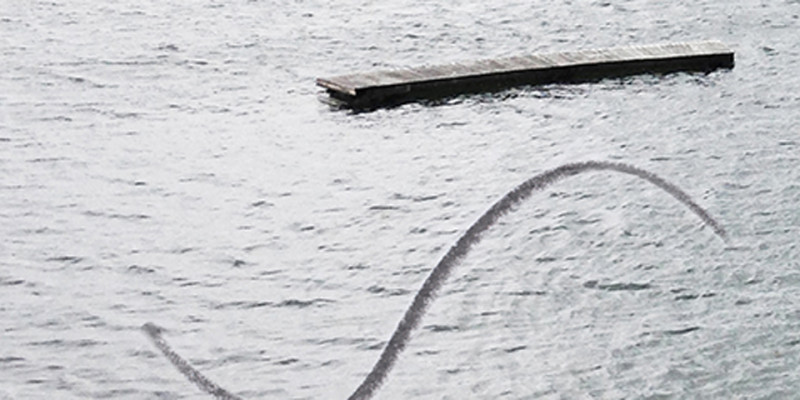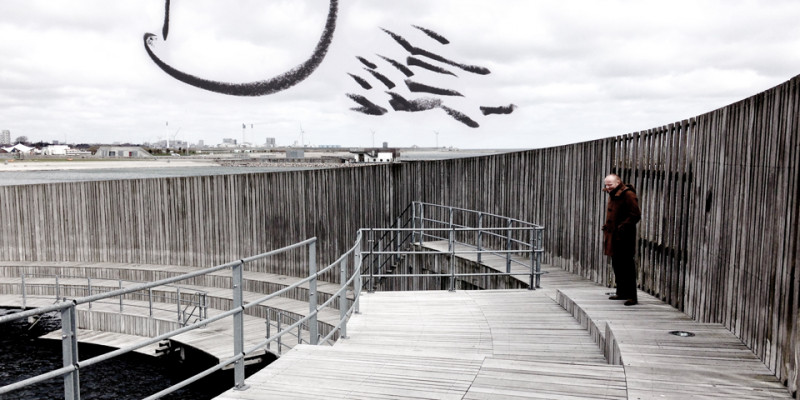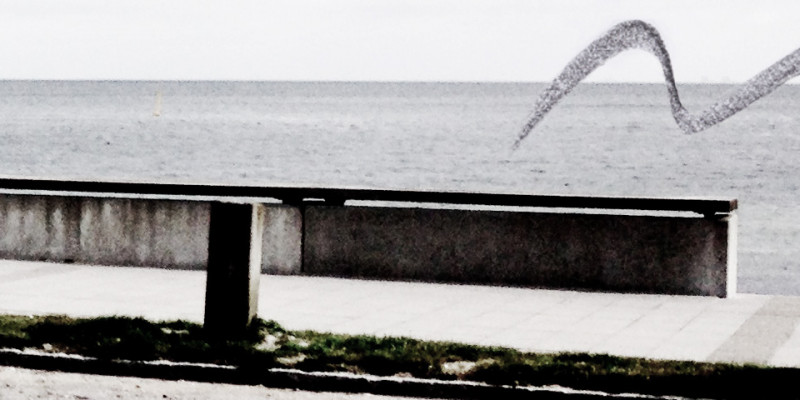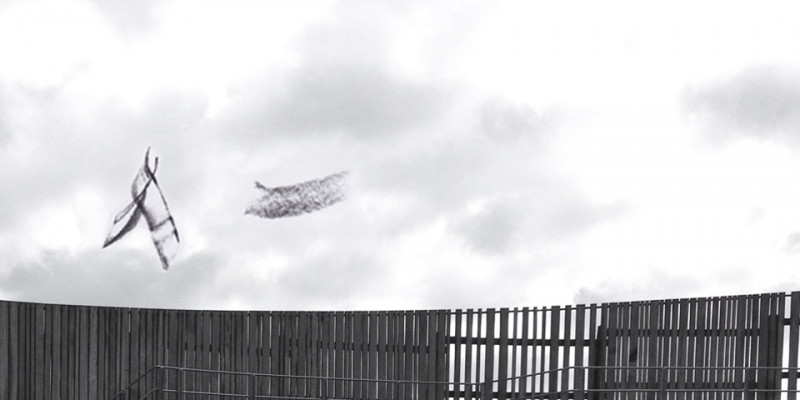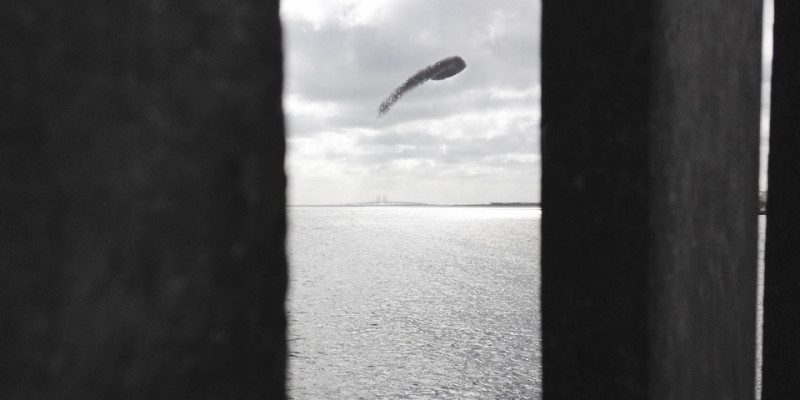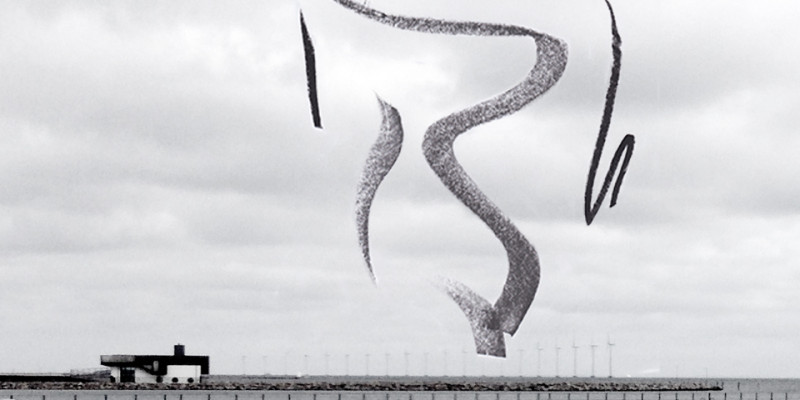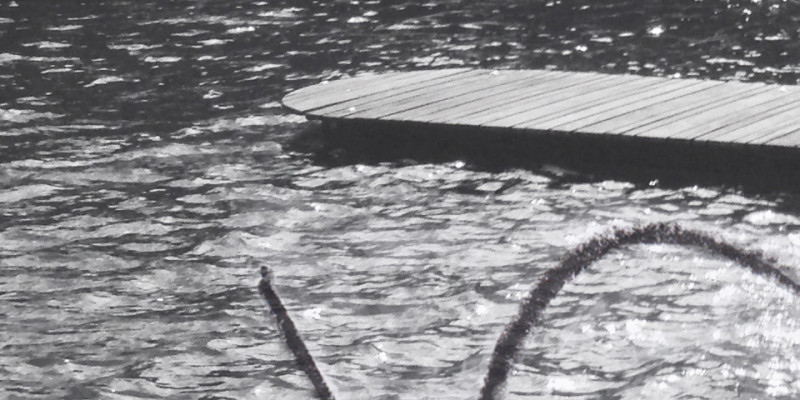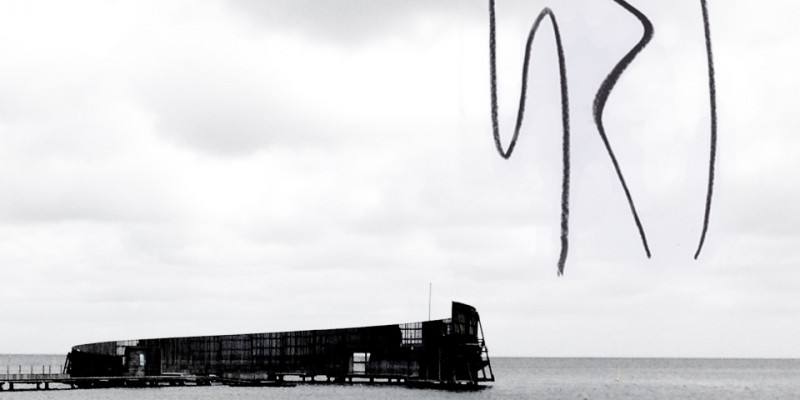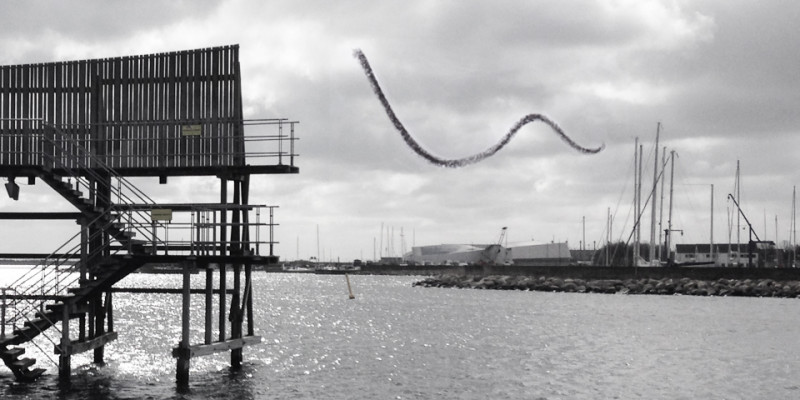
The new “Amagerkaner”
Experimental Audio Paper
Listen to the audio paper in Sound Cloud
Abstract
How did Amager sound back in 2055? Which sounds have inhabited this place that is now overlooked, perhaps abandoned and left to its own stories and eerie auditory ghosts? By assessing site-specific found objects coming from a near-future, this audio paper blends a speculative design perspective with sound ethnography to enquire about the effects of urban and social development (or lack thereof) in certain areas of the island of Amager. The piece mixes field recordings, sound design and storytelling in order to paint a near-future soundscape, as if looked at from a distant tomorrow; in it, objects are described, stories are told and sounds are (un)heard, forming a liquid, yet vivid architecture of the could-be or could-have-been in the mind of the listener. By doing so, the piece aims to provoke reflection and discussion on what might be weird now, normal tomorrow and eerie in the future.
Extended abstract
This audio paper is an experimental fusion of Speculative and Critical Design (SCD) with sound-based research methods. It is part of an ongoing investigation into the politics of designing for sound, and its accountability for the configuration of violent soundscapes. Due to its speculative nature, the delivery of the paper assumes a storytelling format, in which (half) imaginary auditory worlds and speculative devices are presented to the listener as if already part of a distant past; political nuances and overtones of this world are only hinted at but never fully explained, leaving the task of filling the gaps to the listener herself. The narrator – someone that might be a researcher, an activist or a concerned citizen – gives a few clues as to where to situate the story: events that happened in the "past" (from the point of view where the audio paper starts, that is, our near-future) are presented as if they are well-known episodes, but no exact dates are given. The voice over describes how these episodes were chronicled by "official accounts", while at the same time offering the listener a series of “archaeological specimens” which tell another story – one that investigates how listening devices might be deployed as tools for subversion and political resistance.
The agency of design in this scenario is that of depicting technological articulations – be they systems, material objects, or listening strategies – as devices for future-making. This audio paper aims to surpass the “upper structural layers ([e.g.] economic and political systems, cultural formations, technological civilizations)" (Morawska 2013, p.50) that usually define the distribution (or lack thereof) of power and social agency, in order to privilege more situated human-to-human interactions that might emerge as counter-hegemonic acts against said systems and technologies. Hence the choice of hacked objects and impromptu solutions; they also illustrate the understanding of design as an activity inherent to human nature, and as such, potentially detachable from its inherently unsustainable nature – e.g. its placement within capitalist, neoliberal regimes – to move towards distributing and securing futures (Fry 2011, Fry et al. 2015). While within a Speculative Design discourse, a choice of "preferable futures" that lie somewhere between the "probable" and the "plausible" (Dunne 2005, Dunne and Raby 2013) is a given, most of its production shows us otherwise, as extensively argued by authors such as Tonkinwise (2014), Ansari (2015), and Prado de O. Martins and Vieira de Oliveira (2015). The criticism towards most of SCD’s production is directed at its lack of political accountability, often depicting one-dimensional futures in which what threatens the privileged – more often than not the subject, object, and audience of these projects – is the fear of losing their hegemony (Vieira de Oliveira 2016). By presenting possible objects for political resistance, rather than speculative consumer products, this contribution aims to present the listener with a different articulation of designing, one that accounts for devices that are inherently ambiguous, subversive, and very often neglected. Relying on how sounds and listening experiences can be effectively tweaked – and demonstrating these experiences through sound itself – is a way of using the act of designing for sound as a demonstration of this articulation.
Sonic fictions like these [1], however, are not unprecedented; they are seen in many other places and periods of history, as the scream of the subaltern, of those oppressed by the status quo, by the media, by their fellow citizens. For instance, Gloria Anzaldúa explores the delicate negotiation of her own "home tongues" oscillating among "Chicano Spanish", "Tex-Mex", "Standard [English]", and "Working Class English" (2007[1987], pp.77–78), as an assertion of her multiple identities as a Queer Latina in the United States. Andrew S. Grove (2001) recalls how during WWII times in Budapest, he and his friends would play “ghetto”, and set a clear division of authority towards the kids playing the powerless Jews. Other authors such as Frantz Fanon (1967[1959]) or Alejandra Bronfman (2012) demonstrate how the re-appropriation and misuse of radio in Algeria and Santiago de Cuba, through subversion and tinkering respectively, was a tool for decolonial and anti-oppressive struggles in these countries.
The island of Amager is, historically, a site of constant expansion, contraction, and sometimes, even segregation: socially, economically and even physically (Schmidt 2013). This scenario works within this delicate articulation, and uses the image of the island in order to get a glimpse of how sound can be used as a way of navigating, "from Below" (Morawska 2013), local politics and policies. In the story of the “new Amagerkaner”, sounds are designed to become coded language; accents are subverted, and; play routines reflect and re-signify the immediate struggle of a population not only to be heard, but also to change how others listen to, and sound about them. The island of Amager becomes a metaphor for a political and cultural struggle, a peek onto a micro-universe that attempts to condense, in a fourteen-minute-long story, how complicated things could get if we do not “keep working hard” to become agents for change.[2]
In a similar fashion, the sonic fictions from a once-lost future of Amager are devices that embody and represent the micro-politics of a speculative incarnation of the island, entangling stories and histories through witty misappropriations of a collective identity, through subversive and counter-hegemonic acts. In this short scenario-setting, however, they are but scratches on the surface of how material culture can re-articulate itself in times of crisis; how methodologies can be re-signified and properly situated. These new sonic ontologies might be one way of achieving this.
[1] I base my notion of “sonic fictions” on Eshun’s idea of “switching on” theories of sound that are already present in sound discourses themselves (1998). This concept is further expanded as a “heuristics for sound studies” by Schulze (2013) and suggested as a decolonial epistemology for Speculative Design by the author (Vieira de Oliveira, forthcoming).
[2] As put by Sanne Krogh at the opening of the second day of Fluid Sounds, Fluid States, which was the day after the Danish Elections of 2015.
